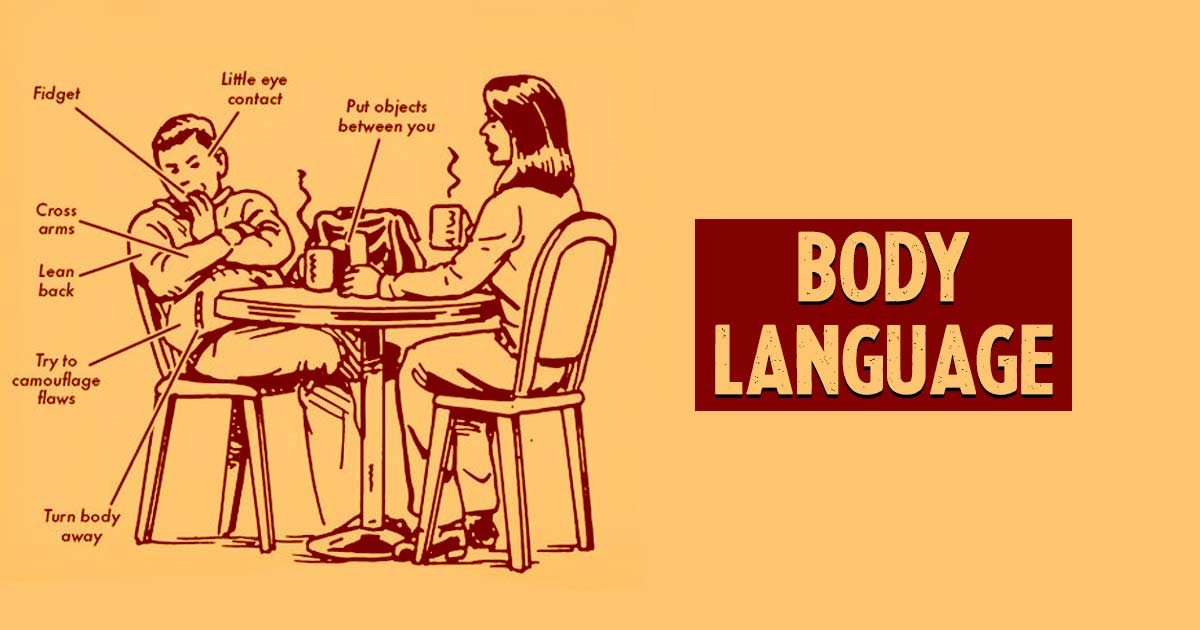Body Language

Body language refers to the nonverbal communication cues expressed through physical behaviors, gestures, facial expressions, and postures. It is a powerful form of communication that complements and often supplements verbal communication. Body language conveys information about a person's feelings, attitudes, intentions, and emotional states.
Key components of body language include:
Facial Expressions: The face is one of the most expressive parts of the body. Facial expressions convey a wide range of emotions, such as happiness, sadness, anger, surprise, and more.
Gestures: Hand movements, arm positions, and other gestures are used to emphasize or complement verbal communication. Different cultures may interpret gestures differently, so it's important to be aware of cultural nuances.
Posture: The way individuals position their bodies, including how they stand or sit, can communicate confidence, openness, defensiveness, or discomfort.
Eye Contact: The level and duration of eye contact can convey various messages, such as attentiveness, sincerity, confidence, or shyness.
Proximity (Personal Space): The physical distance between individuals during communication communicates intimacy, formality, or personal boundaries. Cultural norms influence personal space preferences.
Touch: Physical contact, such as handshakes, hugs, or pats on the back, can convey warmth, support, or other sentiments. The appropriateness of touch varies across cultures and contexts.
Paralinguistics: This includes elements like intonation, pitch, and rhythm of speech, which can convey additional meaning beyond the actual words spoken.
Microexpressions: Brief, involuntary facial expressions that reveal genuine emotions. Microexpressions often occur quickly and can be challenging to conceal.
Appearance: Clothing, grooming, and overall appearance can communicate information about a person's identity, status, or professionalism.
Body language is a universal mode of communication, and people often use it instinctively and subconsciously. It can provide valuable insights into the emotions and attitudes of others, and understanding body language can enhance the effectiveness of interpersonal communication. However, it's important to note that interpreting body language requires context, as different cultures may have varying norms and expectations regarding nonverbal cues.
Thank you.